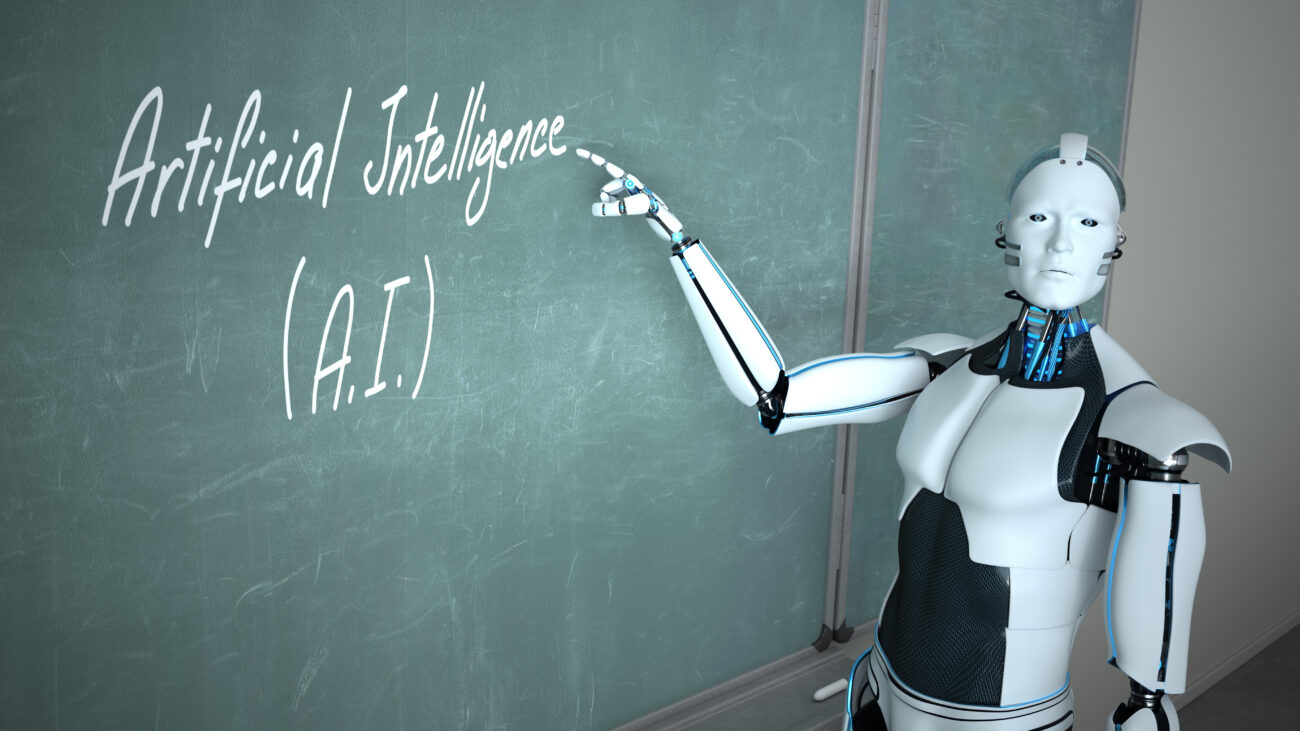Education has always been about nurturing young minds, helping them grow academically, emotionally, and socially. As we move forward into the digital age, technology, particularly Artificial Intelligence (AI), is playing an increasingly vital role in ensuring that no student is left behind. In this blog post, we explore the innovative use of AI to detect early warning signs of academic struggles in students, emphasizing the importance of both academic excellence and student well-being.
The Challenge of Identifying Academic Struggles
In the traditional classroom setting, it’s not always easy for educators to spot the early signs of academic difficulties. Students may hesitate to express their struggles, and by the time a problem becomes apparent, it might already be quite advanced. This is where AI steps in as a powerful tool for early detection.
How AI Detects Academic Struggles
AI is capable of analyzing vast amounts of data to identify patterns and anomalies. When applied to education, this means AI can scrutinize students’ performance, behavior, and engagement, allowing educators to intervene swiftly when necessary.
Academic Performance Metrics: AI can track grades, test scores, and assignment completion rates, alerting teachers when a student’s performance takes a dip.
Behavioral Changes: Changes in a student’s behavior, such as increased absences, decreased participation, or a shift in communication patterns, can be indicative of underlying academic struggles. AI can spot these changes and flag them for further investigation.
Predictive Analytics: AI algorithms can use historical data to predict future academic performance. This allows educators to identify students who may be at risk of falling behind and offer timely support.
The Human Touch in AI-Driven Detection
While AI is a powerful ally in identifying early warning signs, it’s crucial to remember that it doesn’t replace the role of educators. AI serves as a supplement, providing data-driven insights that inform decisions. The human element—teachers’ experience, empathy, and mentorship—is irreplaceable in crafting effective solutions for struggling students.
Balancing Academic Excellence and Well-being
The ultimate goal of using AI to detect academic struggles is to create a supportive and nurturing environment for students. It’s not just about boosting grades; it’s about fostering a sense of belonging, well-being, and personal growth. Identifying struggles early means that interventions can be holistic, addressing both academic and emotional needs.
Respecting Privacy and Data Security
Implementing AI for academic monitoring must be done with a commitment to student privacy and data security. It’s essential that all data collected is handled responsibly and ethically, and that students and their families are informed and comfortable with the technology’s use.
In Conclusion
The use of AI to detect academic struggles in students represents a significant advancement in the field of education. It empowers educators to be more proactive in their support, ensuring that every student has the opportunity to succeed academically while also prioritizing their emotional well-being.





